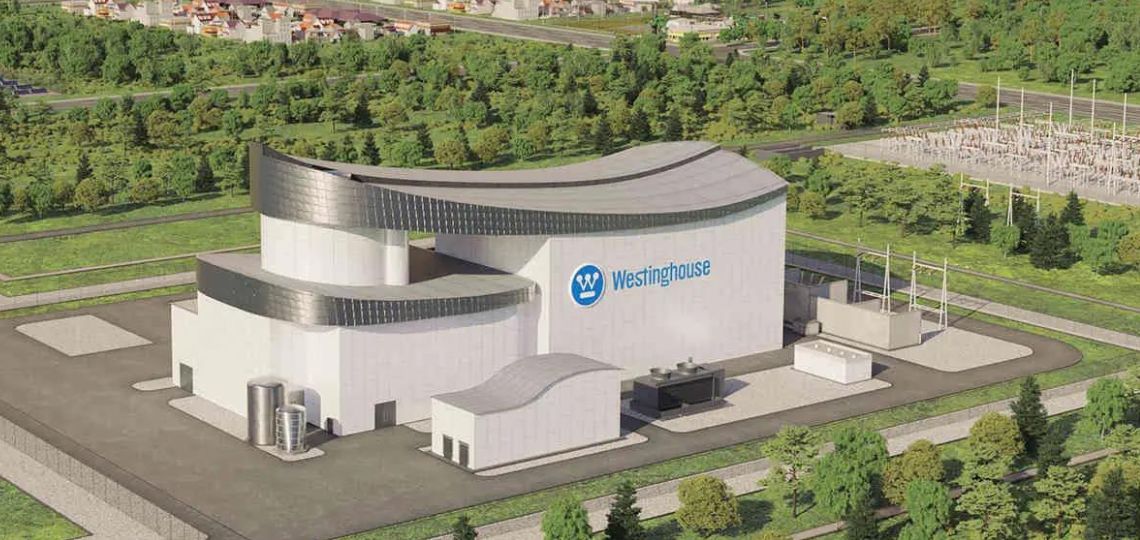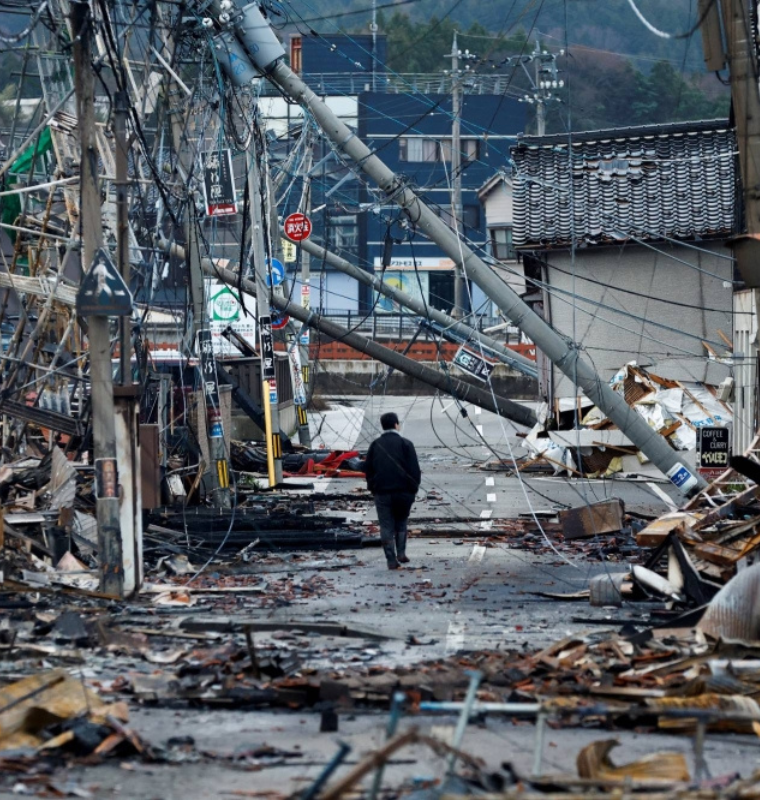Westinghouse Unveils Plan to Build 10 Nuclear Reactors Across U.S. by 2030
Westinghouse Unveils Plan to Build 10 Nuclear Reactors Across U.S. by 2030
By
Leah Rosenfeld
Last updated:
July 16, 2025
First Published:
July 16, 2025

Photo: energynews
Westinghouse to Construct 10 New Nuclear Reactors in the U.S. by 2030, Targeting National Energy Expansion
Westinghouse Electric Company has announced an ambitious plan to build 10 large-scale nuclear reactors across the United States by the end of the decade. Interim CEO Dan Sumner shared the company’s vision during a roundtable with former President Donald Trump at a major energy and AI conference held at Carnegie Mellon University in Pittsburgh on Tuesday.
The project centers around Westinghouse’s AP1000 nuclear reactors, each capable of generating enough electricity to power more than 750,000 homes. If all 10 units are completed, the company estimates a total economic impact of $75 billion nationwide, with $6 billion expected in Pennsylvania alone.
Nuclear Ambitions Meet Tech Innovation
Sumner revealed that Westinghouse has entered into a strategic partnership with Google, aimed at leveraging artificial intelligence to improve the efficiency and repeatability of AP1000 reactor construction. This initiative is part of a broader push to streamline the traditionally slow and costly process of nuclear plant development.
The AP1000 is a pressurized water reactor design already in operation in China and recently completed at Plant Vogtle in Waynesboro, Georgia—the first U.S. nuclear reactors built in over 30 years. However, the Vogtle project was plagued by delays and cost overruns, ultimately exceeding its original budget by $18 billion and finishing seven years late, contributing to Westinghouse’s bankruptcy in 2017.
The company has since emerged from bankruptcy and is now owned by Canadian uranium giant Cameco and Brookfield Asset Management, signaling a new chapter of stability and international backing.
National Energy Strategy: Trump Pushes for Nuclear Expansion
Westinghouse’s announcement aligns with Trump’s recent executive orders issued in May, calling for the U.S. to quadruple its nuclear power capacity by 2050. One of those orders explicitly directs the construction of 10 new nuclear plants by mid-century.
Trump also called for a comprehensive overhaul of the Nuclear Regulatory Commission’s rules, intended to accelerate approval timelines and modernize regulatory frameworks that critics argue are outdated and overly bureaucratic.
With only two new reactors built in the U.S. in the last three decades, Westinghouse’s new build plan could mark a dramatic turning point for the country's nuclear future.
$90 Billion in Broader Investment Announced at Energy-AI Conference
The Pittsburgh event wasn’t just about nuclear power. According to Senator Dave McCormick’s office, which organized the gathering, executives from technology, energy, and financial sectors announced over $90 billion in planned investments for data centers and energy infrastructure. These investments reflect the growing synergy between AI, data demand, and power generation, with nuclear increasingly being positioned as a reliable, low-carbon source of base-load energy.
A Path Forward for American Energy Security
Westinghouse’s announcement comes amid a global energy landscape increasingly focused on decarbonization, energy independence, and resilience. With the U.S. grappling with aging power grids and rising energy demand driven by AI and digital infrastructure, nuclear power is once again gaining political and commercial traction.
If successful, this 10-reactor initiative could:
- Reinforce U.S. energy security,
- Drive thousands of construction and long-term energy sector jobs,
- Reduce dependence on fossil fuels,
- And set a global example for pairing nuclear energy with AI-driven construction efficiency.
As the U.S. energy policy pivots to accommodate the next generation of infrastructure and technology, Westinghouse’s resurgence—once thought unlikely—is now front and center in the national conversation.
Popular articles
Subscribe to unlock premium content
Is Japan on the Brink of a Megaquake Disaster? Understanding the Growing Earthquake Threat

Why Countries Devalue Their Own Currency — And What It Means for the Global Economy

Iran’s Untapped Power: How a Resource-Rich Nation Fell Short of Greatness

Is Japan on the Brink of a Megaquake Disaster? Understanding the Growing Earthquake Threat

Why Countries Devalue Their Own Currency — And What It Means for the Global Economy

Is Japan on the Brink of a Megaquake Disaster? Understanding the Growing Earthquake Threat









